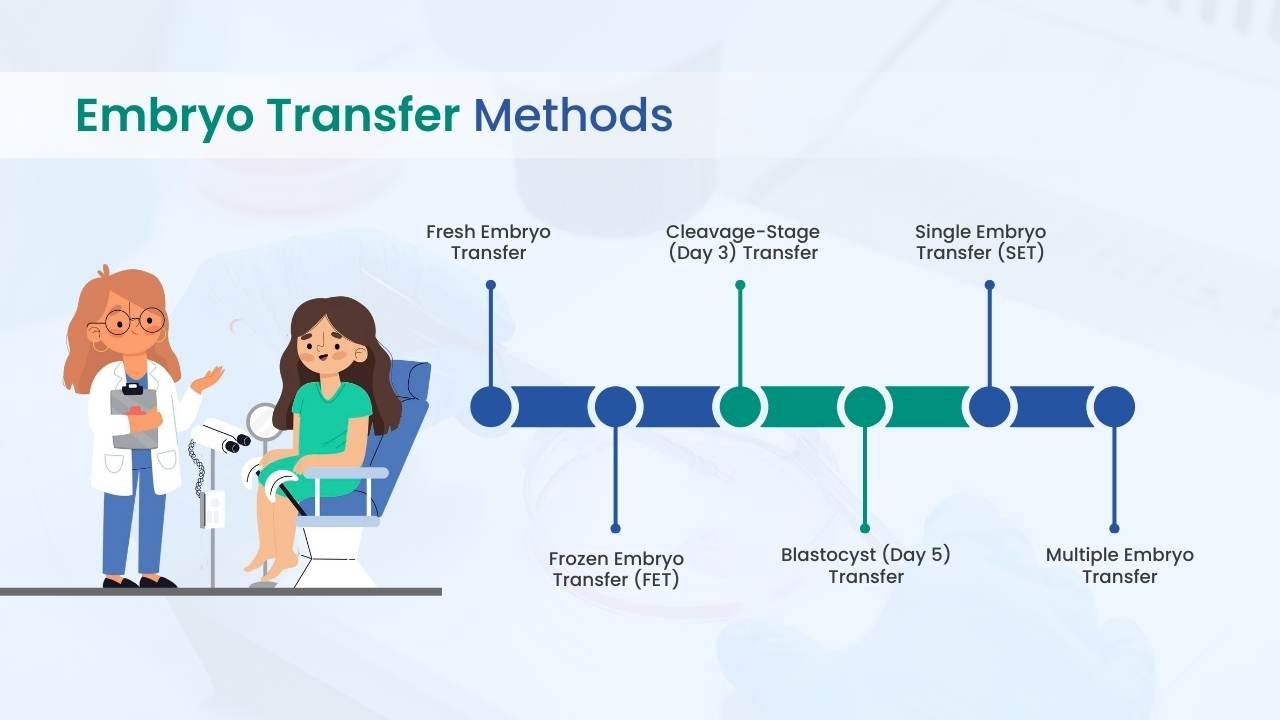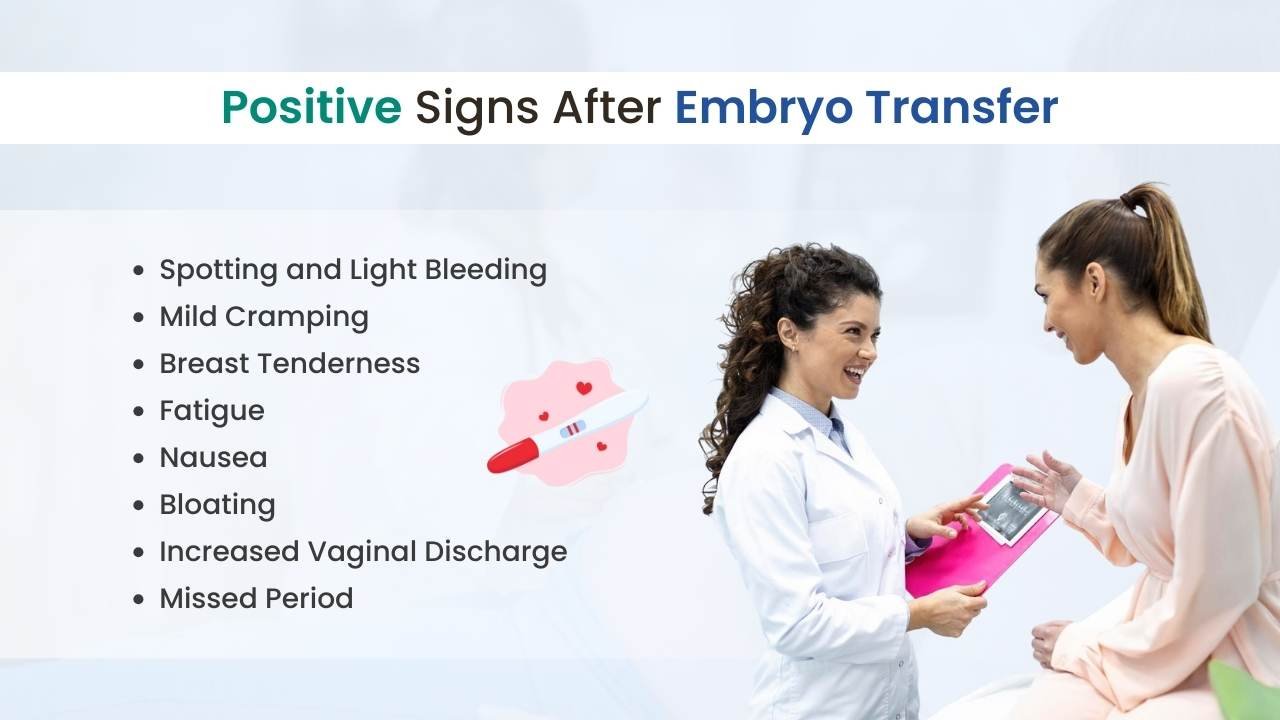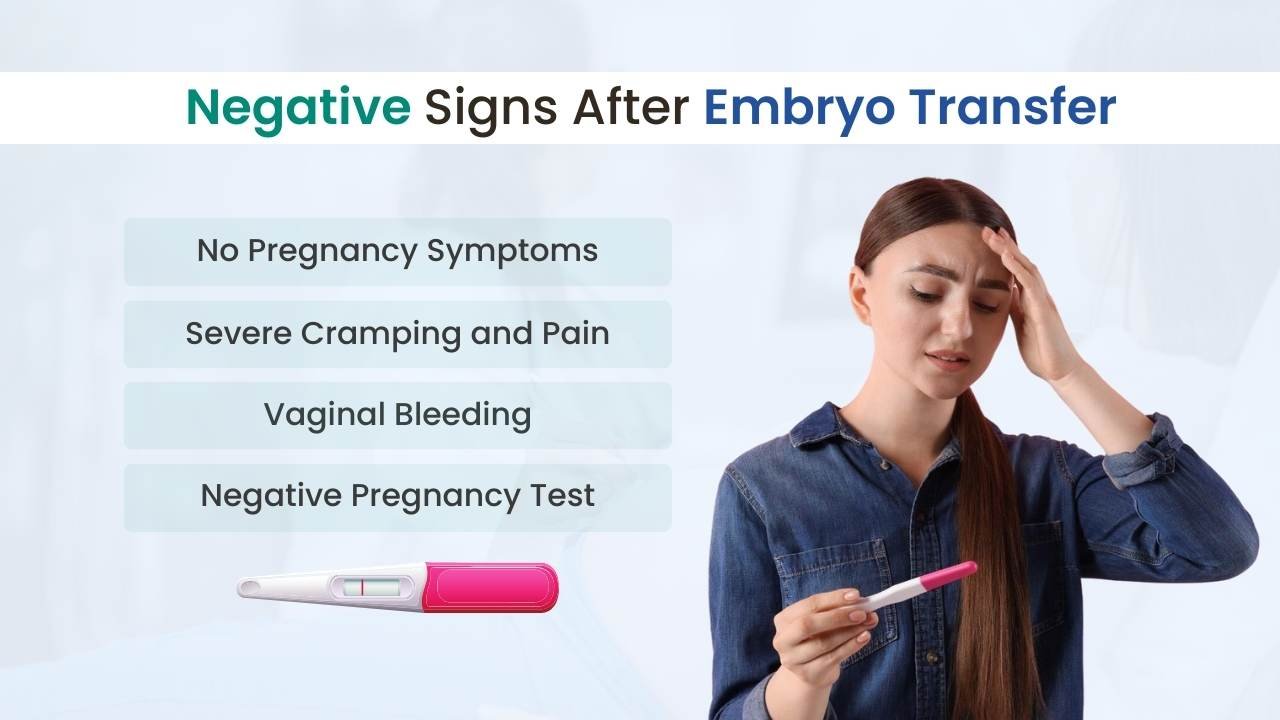Home Blogs Gynecology and Obstetrics Day 3 After Embryo Transfer

Day 3 After Embryo Transfer is an important step in IVF when embryos at the cleavage stage are placed into the uterus. This method is often chosen for patients with fewer embryos and when embryo growth in the lab may not reach the blastocyst stage.
A Day 3 embryo transfer involves placing embryos back into the uterus when they are at the cleavage stage, which means they have about 4 to 8 cells. This type of transfer is used when there are concerns about how many embryos will develop into blastocysts. It can be helpful for patients who have fewer embryos and for those whose embryos do not usually grow well in a lab setting.
Embryo transfer is an important step in IVF. During this process, eggs are fertilized with sperm in a lab to create embryos. One embryo is placed into the woman’s uterus to try for pregnancy. Usually, this is done without sedation and guided by ultrasound to ensure correct placement.
A frozen embryo transfer (FET) uses embryos that were created earlier and kept frozen. Doctors thaw these embryos and then place them in the uterus during a later cycle. This approach offers more flexibility in timing and can help increase the chances of pregnancy.

Embryo Transfer Methods in IVF:
‣ Fresh Embryo Transfer
Embryos are placed in the uterus a few days after fertilization, usually within 3-5 days.
‣ Frozen Embryo Transfer (FET)
Embryos that were frozen earlier are thawed and transferred in a later cycle.
‣ Cleavage-Stage (Day 3) Transfer
Embryos are moved to the uterus 3 days after fertilization, when they have about 8 cells.
‣ Blastocyst (Day 5) Transfer
Embryos are grown for 5 days until they reach the blastocyst stage before transfer, which may help with better results.
‣ Single Embryo Transfer (SET)
Only one embryo is placed in the uterus to lower the chance of twins and more.
‣ Multiple Embryo Transfer
Two or more embryos are placed in the uterus at the same time, which can raise the chances of pregnancy but also increases the chance of twins and more.
🟢 Advantages of Day 3 After Embryo Transfer are:
🔴 Disadvantages of Day 3 Embryo Transfer are:

It's normal to look for signs of successful implantation after embryo transfer. These signs can differ from person to person and may be affected by medications. Some common positive signs to notice after an embryo transfer include:

It’s important to listen to your body after embryo transfer. Along with positive signs, there can also be negative ones; these include:
The day 3 after an embryo transfer can bring a mix of hope, waiting, and sometimes worry. Knowing what is happening in your body during this time can help you feel more at ease. Everyone’s experience is different, so the symptoms you may or may not feel can depend a lot. The most important thing is to trust the process, carefully follow your doctor’s advice, and take good care of yourself during this stage.
FAQs
The doctor places a fertilized embryo into the uterus to try and start a pregnancy.
IVF is the whole process, eggs are collected, fertilized in the lab, and grown into embryos. Embryo transfer is just one step, placing the embryo into the uterus.
It’s best not to do heavy exercise and long trips right after embryo transfer. Gentle walking is fine and even good for blood flow, but avoid lifting heavy things.
Yes, mood changes are common; they happen because of the hormones from fertility medicines and the stress of IVF. Relaxation methods like meditation, breathing exercises, and talking with your loved ones can help.
Stay away from too much caffeine, alcohol, and unpasteurized foods. Keep taking your prenatal vitamins and any medicines your doctor prescribed. Eat a healthy, balanced diet with fruits, vegetables, and proteins.
Implantation bleeding is light spotting, usually pink and brown. A period is heavier and brighter red. If you see heavy bleeding and severe cramps, call your doctor.
Contact your doctor right away if you have strong belly pain, heavy bleeding, fever and chills, strange discharge, mild cramps, and light spotting are often normal, but anything severe should be checked.
Usually, doctors suggest avoiding sex for a short time after transfer. This is to reduce uterine contractions and the risk of infection.
Stress doesn’t directly stop implantation, but too much stress can affect your overall health. Try to stay calm with relaxation, counseling, and support groups.
A healthy diet is always helpful, so you can focus on foods rich in vitamins and minerals, fish, nuts, seeds, magnesium, and zinc sources, broccoli, cauliflower, bananas, potatoes, and plenty of water.
No, strict bed rest is not needed. In fact, lying down too much can cause problems like blood clots. However, light activity, like walking, is better for circulation.

Written By
Hi! I’m Shafaq Khan, a content writer at Mejocare.com, where I create simple, easy-to-understand healthcare content. With 1+ years of experience, my goal is to make health topics clear and helpful for everyone, no matter their background.
At Mejocare, I focus on turning complicated medical information into content that’s both informative and easy to read. Whether I’m writing blog posts, articles, or website copy, I aim to provide useful information that helps people take control of their health and connect with the right healthcare providers.
I’m passionate about helping people access reliable health information in a way that’s easy to understand and act on. If you’d like to connect or have any questions, feel free to reach out!
SOURCE
HISTORY
At Mejocare, we prioritize accuracy and reliability. Our content is based on peer-reviewed studies, academic research, and medical associations. We avoid tertiary references. Learn more in our editorial policy. Trustworthy health information for you.
https://drritabakshi.in/positive-signs-after-embryo-transfer/ 2,3,6,7 https://fertilityinstitutesandiego.com/blog/what-is-the-difference-between-a-day-3-and-a-day-5-embryo-transfer/ 3,4,5
CURRENT VERSION
Our care team can help you.
